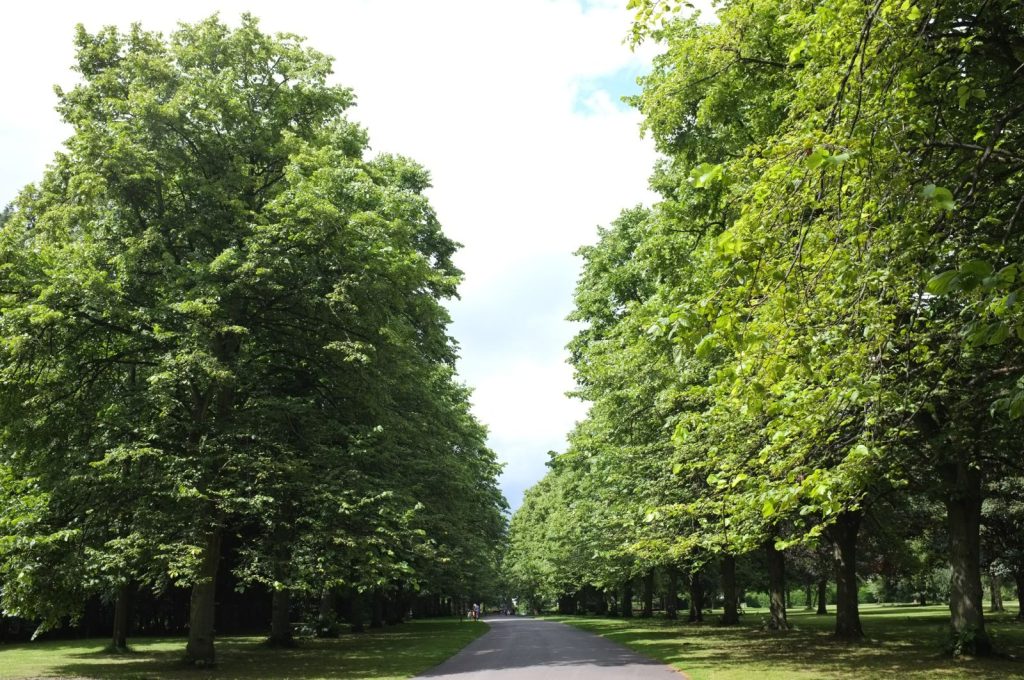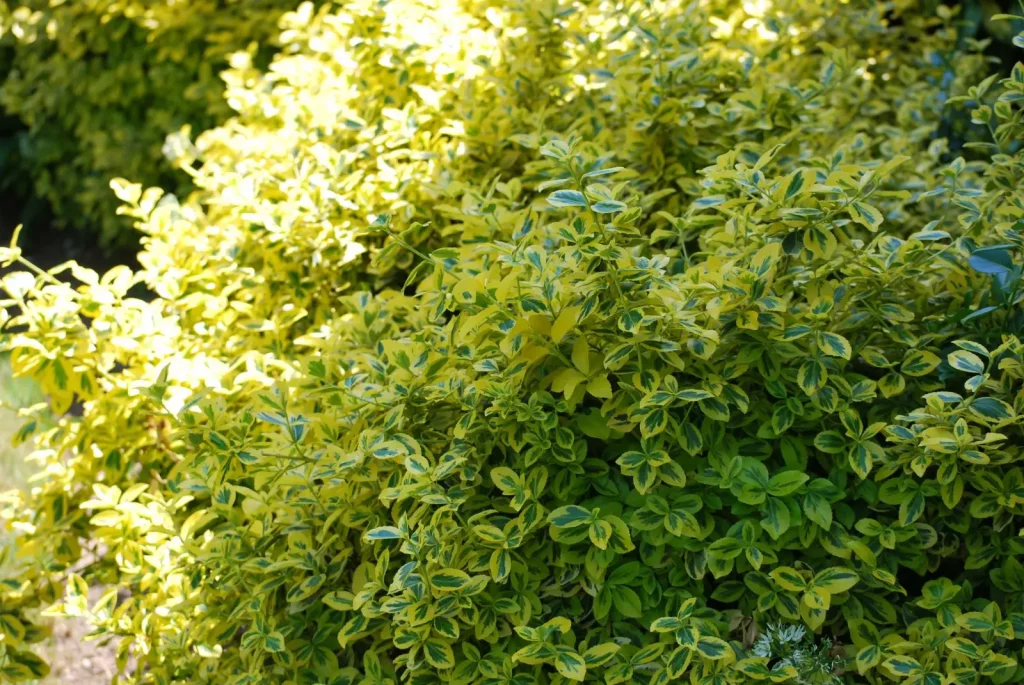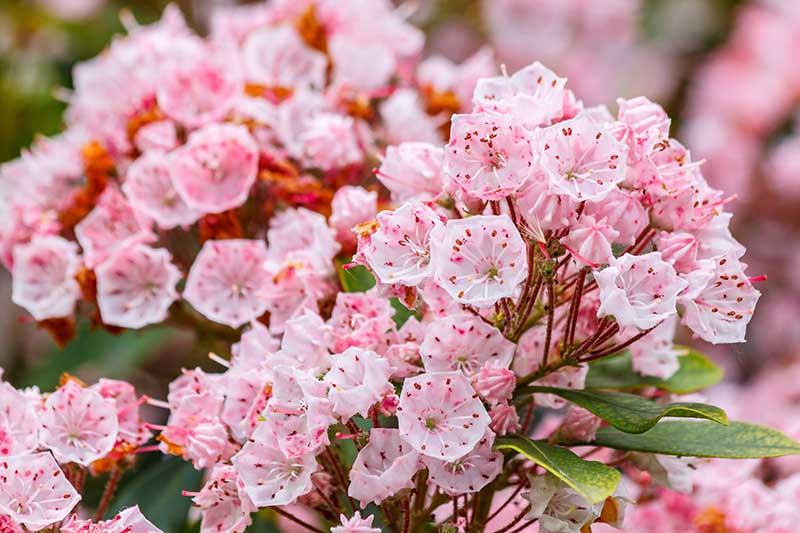Plants have undergone adaptations to diverse environments throughout time. The capacity of a plant to endure low lighting is known as shade tolerance.
This attribute has been acquired by plants to ensure their prosperity even in the absence of ample sunlight. Shade-tolerant plants efficiently utilize soil minerals and sunlight, requiring less energy. Their large leaves serve to maximize sunlight capture for the process of photosynthesis.
By incorporating shade-tolerant plants into your garden, you can utilize areas where other plants struggle to thrive. When selecting plants for shady parts of your landscape, it is important to carefully consider their specific light requirements for optimal performance.
1. Birch Lenta (Betula Cherry)

Birch Lenta, also referred to as black birch, is a deciduous tree that attains a rounded form as it matures. It can reach heights of 60 to 70 feet. This tree flourishes in partially shaded areas with well-drained, moist, acidic, rocky, or sandy soil. Excessive exposure to sunlight during summer may cause heat stress.
The cherry birch derives its name from its dark, glossy bark, while its yellow leaves add to its appealing qualities. It is primarily utilized for shade but also serves as a source of wood that develops a deep finish akin to mahogany.
2. Tilia Americana (American Linden)

The American linden is a remarkable tree renowned for its shade-providing capabilities. It thrives in mountainous regions and holds value as a timber tree.
While it can tolerate full sun, the American linden thrives best in partial shade and prefers medium-moisture, well-drained soils. Its trunk grows straight, reaching a diameter of 2 to 3 feet, and can achieve heights of 70 to 80 feet.
This tree is beneficial for wildlife, attracting lightning bugs and serving as a host plant for red-spotted purple and mourning cloak butterflies. Its flowers possess such allure that the humming of honeybees can be heard from several feet away.
3. Fortunei Euonymus (Emerald and Gold Euonymus)

The emerald and gold euonymus is a widely planted shade shrub. Different varieties of this evergreen plant display glossy, leathery leaves throughout the year in USDA Zones 7 to 9.
With creeping roots and seed dispersal, this low-growing shrub spreads naturally. It thrives as a free-spreading plant or as a small climber against shady walls or fences.
Evergreen euonymus cultivars, especially the golden euonymus, exhibit adaptability to various settings. While they can grow in full sun, they perform well in partially shaded or fully shaded locations. The growth and development of the shrub are influenced by the amount of sunlight it receives.
4. Daphne Carol Mackie

Daphne Carol Mackie distinguishes itself among other daphne species with its striking variegated leaves and fragrant pink blossoms. It is an excellent choice for foundation plantings.
Clusters of fragrant flowers in shades of white to pink bloom during late spring. Carol Mackie daphnes are frequently placed near patios and pathways leading to entrances, as their aroma is captivating throughout the blooming season.
This plant thrives in rich compost-amended soils with mild shade. It may require some time for new plants to establish themselves.
5. Kalmia Latifolia (Mountain Laurel)

Mountain laurel is native to the northeastern United States and naturally grows in shaded woodland areas of New Jersey. It does not fare well in clay soil and is better suited for moist locations.
Stunning clusters of pink, white, rose, or pink flowers blossom in late spring, transforming shaded forests into enchanting fairy gardens. The dwarf Mountain Laurel variety is particularly popular for landscaping purposes.
The foliage of this
shrub boasts a glossy green appearance, making it an ideal choice for landscaping due to its evergreen nature, which provides visual interest all year round.
6. Lycoris Squamigera (Surprise Lily)

The surprise lily has the ability to attract a variety of butterflies to your shaded garden. Its versatile shrub bears gray leaves measuring a foot in length.
In contrast, the lilac or pink flowers grow on 2-foot-tall stalks and span 3 inches, emitting a strong floral fragrance.
This plant does not possess specific soil preferences. While it can withstand direct sunlight, it remains an excellent option for areas with full or moderate shade.
An additional advantage is that the surprise lily can be easily propagated by dividing and replanting it.